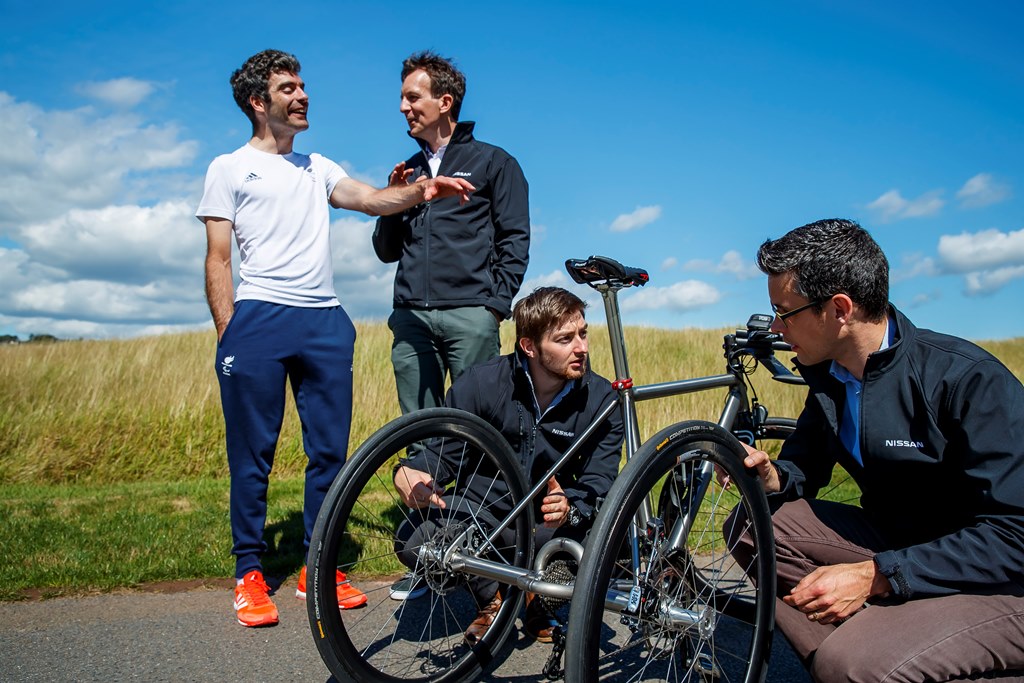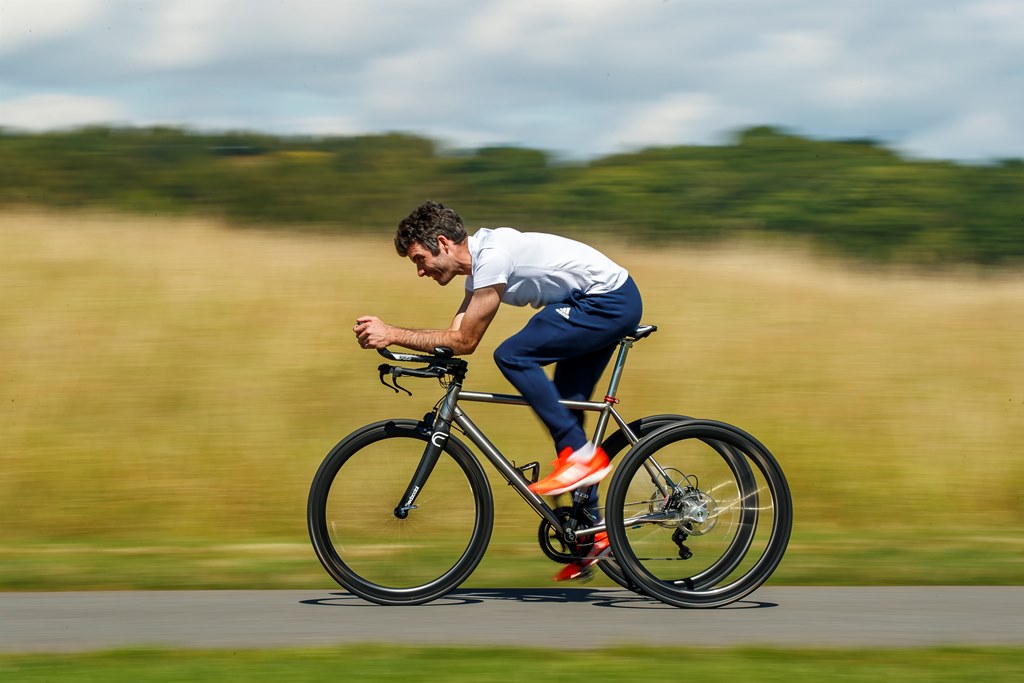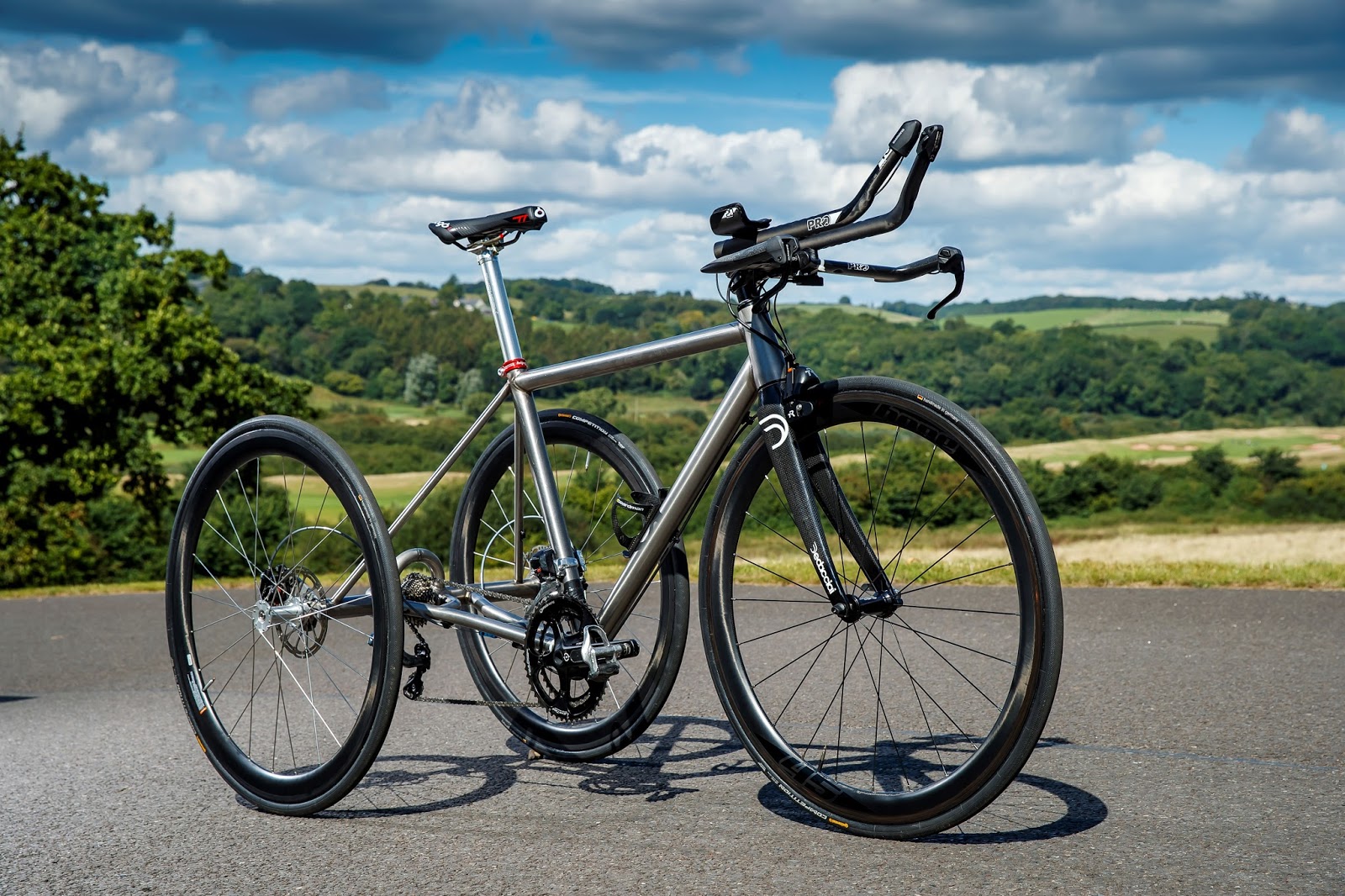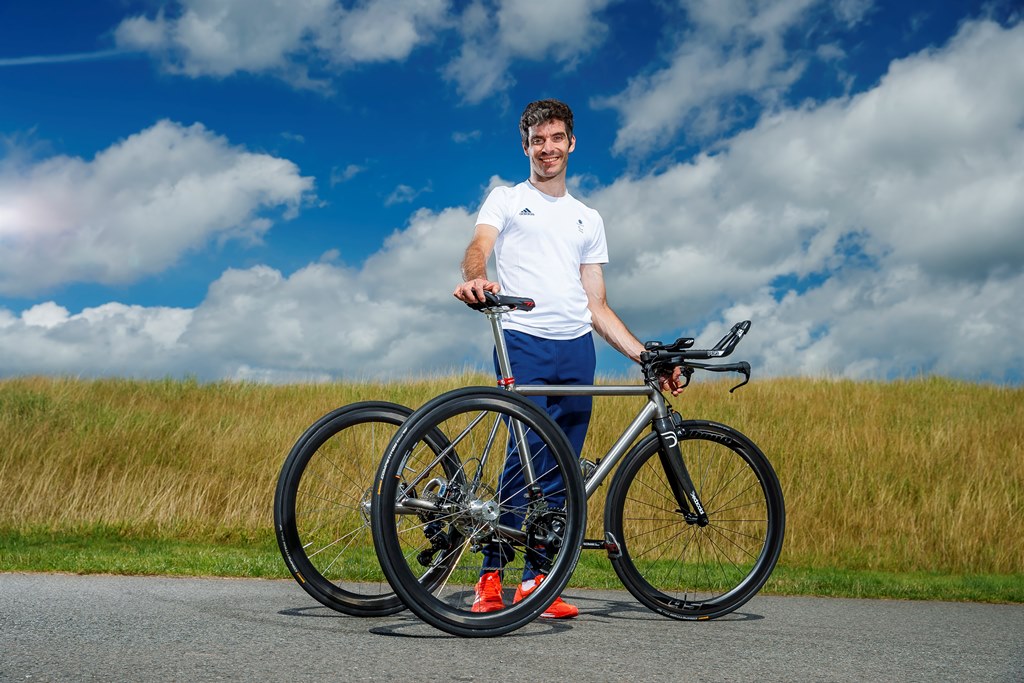
Nissan, as a proud partner of the British Paralympic Association (BPA), has used its experience as a leading automotive manufacturer to support some of the British athletes competing at the Rio 2016 Paralympic Games. Working with the English Institute of Sport (EIS) and the British Cycling Federation, Nissan's Innovation Team, based at the brand's European Technical Technical Centre (NTCE), developed a new trike for three-time Paralympic gold medallist David Stone MBE.
Nissan's Innovation Team started this project in 2014, following many of the same processes involved in designing a car. After a full 3D laser scan of the existing athlete's existing trike by Nissan's Design Center in Europe, a process typically required to shape clay (mold) prototypes, the Nissan team built the new trike with a lower weight than the existing one, and the new lowered riding position will also significantly improve its speed and stability.

The Nissan team chose to design the new trike using Grade9 titanium, achieving a weight saving of 18%. The approach taken is based on the same material and design philosophy that was applied to the lightweight titanium exhaust system for the Nissan GT-R NISMO. In the same way a Nissan GT-R driver will notice the reduced weight and improved acceleration, David will see his new trike accelerate faster off the starting line and out of slow corners.
By using titanium on steel, Nissan has managed to increase the rigidity of the chassis, which is key to transmitting power from the rider to the road. To measure the stiffness of David's current trike, Nissan engineers carried out a highly specialised analysis by placing sensors along the frame to measure its resonance. It's worth noting that the Nissan GT-R NISMO was tested and built using the exact same method. At the same time, the new trike incorporates a dual drive system that allows both wheels to move independently, similar to the rear differential in a car.

Throughout the process of developing the new trike, Nissan has adopted many innovative techniques similar to those used to calculate the aerodynamic performance of cars. For this reason, Nissan allowed David access to its environmental test chamber, where he also practiced in high temperature conditions as part of his training program.

In addition to the development of this trike, Nissan is also providing consultancy services to the English Institute of Sport to optimise the equipment of the British Paralympic team participating in the Rio Paralympics. Among other things, it is providing support for the development of a new type of wheelchair for warming up athletes before the games, valuable advice on materials for special gloves for athletes, and the best testing methods for testing the grip of wheelchair tyres in various weather conditions.






